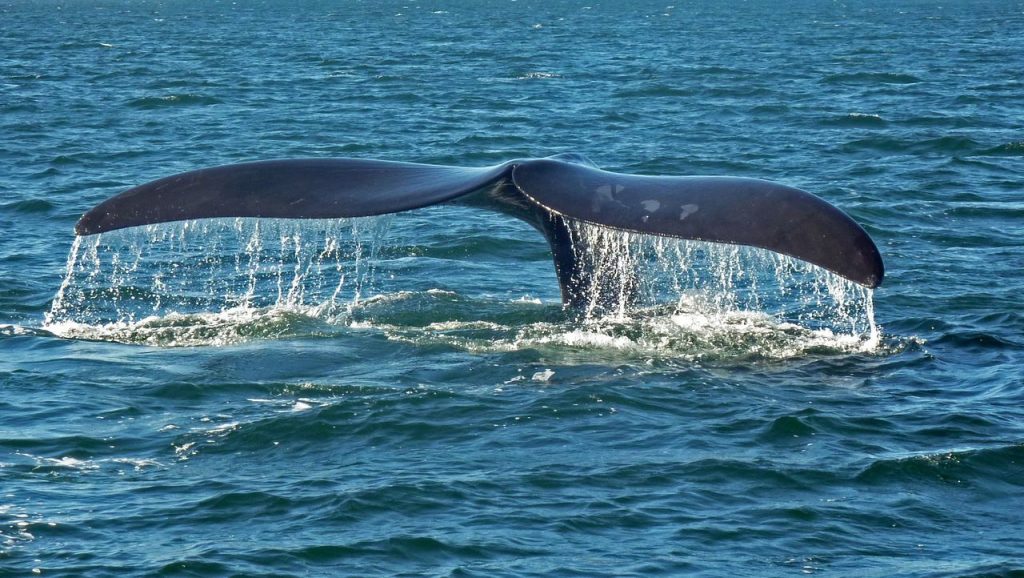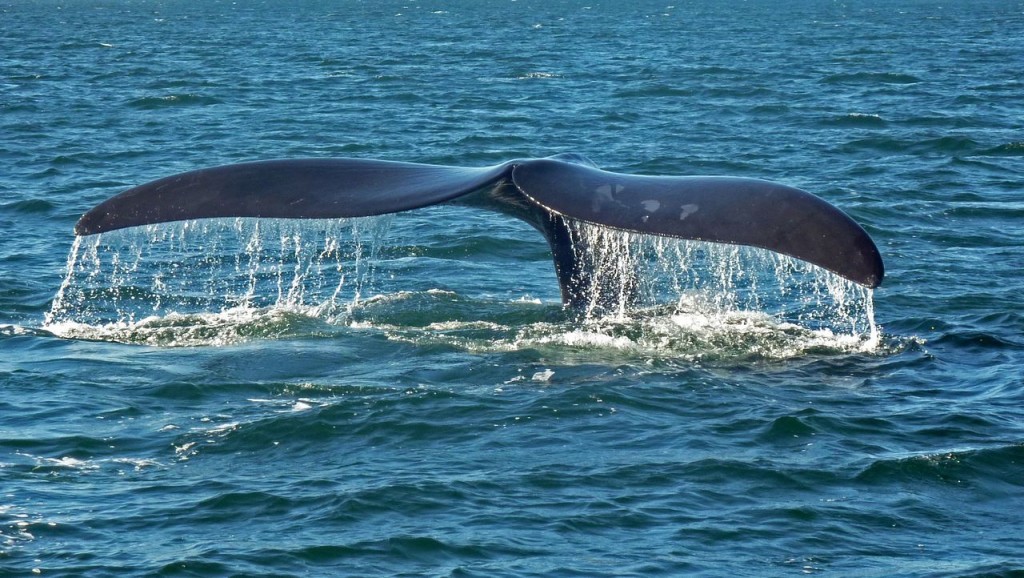Seafaring was a major foundation of the world economy in the 1700s and 1800s because of whaling. Hunting whales and processing their fat, teeth, and other parts into useful goods was extremely important and profitable. (So much so that whales are now mostly endangered.) Whaling is now banned virtually worldwide, but here’s a look back on the golden age of whale stuff.
Candles
Whale oil came from the head of a sperm whale, and it was technically and commercially known as spermaceti. Extremely fatty and waxy, it was first made into candles in the 1750s by Jacob Rodriguez Rivera of Newport, Massachusetts. The whale fat made for great candles because it provided a bright, clear flame, but gave off very little smoke.
Lamp Fuel
Whale fat could be distilled into a liquid form and was used as lamp fuel. (However, it smelled kind of weird when burned.)
Cosmetics
Cosmetic manufacturers used it in makeup. Why? As one old advertisement noted, it “imparts a rich, glossy sheen.”
Rust Preventing
It was used as the main ingredient in rust-preventing compounds. (After all, whales are pretty waterproof.)
Photography
In the early days of photography, whale oil was among the many chemicals used to preserve a photograph. It was used as a glaze on the final product.
Medicine
Similar to how gelatin is used today to make pills and vitamins easier to swallow, a little bit of whale oil mixed into a capsule helped the medicine go down.
Lubricant
It was an industrial lubricant, used to help machines run smoother. It was especially prominent in factories that manufactured metal tools.
Fake Butter
Today, margarine is a butter substitute made from vegetable oil. Before that process was perfected in the 20th century, the most common fake butter was made out of whale oil.
Transmission Fluid
When automobiles became commonplace in the early 20th century, whale oil was a main ingredient in transmission fluid. Once whales were declared an endangered species, it became illegal to use it.
Soap
Whale oil soap was available, but it was used primarily for industrial uses. Reason: Whale oil soap smelled terrible and tended to discolor anything it touched.
Baleen
Apart from sperm whales and their spermaceti, the baleen whale was also widely hunted. Its most attractive attribute was baleen, incorrectly nicknamed whalebone. It’s a hard material that makes a sieve in a baleen whale’s mouth, trapping millions of tiny, edible organisms that the whale uses for food. A tough but flexible substance, baleen was used to make corsets, shirt collars, whips, toys, and typewriter springs.
Chess Pieces and Piano Keys
Sperm whales don’t have baleen, but they did have very strong teeth. It was commonly used as a cheaper substitute for ivory in things like chess pieces and piano keys.









